Halloween Horror: Ranking the Major Films of the Classic Universal Horror Series
As has become my tradition during our Halloween Horror season, I’ve gone back and revisited an old horror series. Because my writing in past years has focused exclusively on horror series from the late 1970s to the present—including Paranormal Activity in 2016, A Nightmare on Elm Street in 2018, Halloween in 2019, and Hellraiser in 2020—I thought to look back at the horror series that arguably started it all: the classic Universal horror films of the 1930s through 1950s. These films shaped the public conception of horror characters, such as Dracula, Frankenstein’s Monster, the Wolf Man, and the Mummy, so much so that they essentially made them horror characters and pop-culture icons. So much of what we associate with Halloween as it exists today is a result of these films. I have ranked the major films in the series as an excuse to discuss their significant strengths as movie landmarks and entertaining horror pictures.
Just a brief note before we get to the ranking: this list is not exhaustive. There were many Universal horror pictures released between 1931 and 1954 that I have not seen and which are hard to find. Thus, this list will be updated over the coming Octobers to incorporate a fuller vision of Universal horror output. For the time being, though, I’ve focused on the major films that are easily available on streaming. In the future, I’ll supplement this list with further viewings (yes, even of the Abbott and Costello additions to the series).
1. Frankenstein (1931) dir. James Whale
James Whale’s adaptation of the classic Mary Shelley novel is a tremendous Gothic tragedy. The film streamlines and simplifies elements of the novel and particularly Frankenstein’s Monster, played beautifully in a nonverbal performance by Boris Karloff. While the changes to the narrative do change the focus of the novel, making the Monster more a pitiful simpleton than “the modern Prometheus” of the novel’s subtitle, it doesn’t reduce the impact of the story. Rather, it refocuses it on the loss of innocence and the primal tension between good and evil, life and death, Frankenstein and his Monster. The film’s elegance is best embodied in the subtly horrifying sequence where the Monster accidentally drowns a girl and is overwhelmed with confusion and horror at what he’s done. Whale uses that confusion as fuel for the sequence that follows, where the villagers form a mob and drive the Monster to a windmill to burn him alive. It’s one of the great escalating climaxes in early Hollywood and an iconic ending that defines Halloween imagery on screen.
2. Bride of Frankenstein (1935) dir. James Whale
Many critics and viewers (such as Roger Ebert) prefer James Whale’s sequel to the original, and it’s easy to understand why. The sequel follows the Monster as he survives the windmill fire and forces Frankenstein (Colin Clive) to make him a mate by holding his fiance Elizabeth (Valerie Hobson) as ransom. It’s more florid in its filmmaking, stranger in its tone, and more startling in its special effects and set design. The film’s framing narrative involving Mary Shelley, Lord Byron, and Percy Shelley all discussing scary stories while holed up in a castle during a thunderstorm adds a meta element to the narrative—it’s deliberately presented as an escalation of the previous film’s Gothic horror. Thus, the presence of Doctor Pretorius’s grotesqueries, including his homunculi he keeps in jars, and the Bride (Elsa Lanchester) herself, with her lightning streaked hair and outrageous makeup, are all elements that pitch the film to the edge of camp, deliberately expanding the palette of horror imagery. The film’s ending, in which the Monster recognizes his own destructive influence, achieves a pathos that makes the film more than a carnival show of horrors, even if those other, more outlandish elements, are as essential to its status as a Hollywood icon.
3. Dracula (1931) dir. Tod Browning
This was not the first adaptation of Bram Stoker’s novel to embed itself in the public consciousness—that’d be F.W. Murnau’s unauthorized Nosferatu, a Symphony of Horror. But it was the first official adaptation in sound and it is the film to shape the idea of Dracula as a charming aristocrat with a viscous hidden life. The film, based on the 1924 stage play by Hamilton Deane and John L. Balderston, does have a theatrical slowness to the material that makes it seem longer than its 75-minute runtime, but the slowness allows Bela Lugosi as Dracula to extend his influence across every moment of the film. For instance, the scenes of John Harker (David Manners) and Mina Seward (Helen Chandler) in opulent state rooms in London simply provide the space, both visually on screen and within the narrative structure, for our mind to turn to Dracula and his hidden threat at any moment. It also makes for an enormous impact when Dracula does appear on the screen. Browning’s use of close-ups of Lugosi’s face, with light slashing horizontally across his piercing eyes, are marvellous, capturing all the charm and terror of the character in a single shot. The Gothic sets and use of lighting adds to the delicious atmosphere, but it’s Lugosi who makes this such a classic.
4. The Black Cat (1934) dir. Edgar G. Ulmer
This loose adaptation of a story by Edgar Allan Poe is a twisted mix of Gothic horror and paranoid thriller, with two titans of Old Hollywood horror cinema, Bela Lugosi and Boris Karloff, at its centre. Much like the architecture of the monstrous Hungarian mansion where most of the action is set, the film mixes Gothic and modernist elements to bridge the gap between Victorian tales of black magic and witchcraft and contemporary tales of conspiracy and war crimes in the interwar years. Watching Lugosi and Karloff duel each other on screen is delightful, as is the way they dance around the obvious in their interactions with the young couple (David Manners and Julie Bishop) that shares the mansion with them. But the film is best when the characters leave behind the minimalist upper levels of the home to discover the shadowed dungeons beneath, which are filled with torture devices and demonic apparatuses. The film peaks during a breathtaking Black Mass sequence, where director Ulmer does his best Fritz Lang impersonation, cutting between the different shadow-draped faces of the satanic practitioners of the evil ritual. All the Universal horror films incorporate elements of German Expressionism, but The Black Cat wears that influence with the most pride.
5. The Wolf Man (1941) dir. George Waggner
Like Frankenstein, The Wolf Man plays as tragedy as much as horror. Much of the pleasures of the film lie in its inventive makeup and special effects, which transform Lon Chaney Jr. into the titular Wolf Man. The hairy patches of cosmetics on his face and his massive claws have dated over the years, but there’s still a charm in how director George Waggner employs them in the mist-draped forest setting. As well, the actual transformation scene, which uses clever editing to show the stage-by-stage shifting of his face from wolf to human, remains stunning. But the film is most memorable for its melancholy spirit. Chaney’s anxiety and tortured confusion over his condition bring a moving humanity to the film, while the ending, which culminates in his father, played by Claude Rains, mistakenly beating him to death with his own silver cane, achieves such a tone of despair that you forget the movie is about a silly concept to begin with.
6. The Invisible Man (1933) dir. James Whale
Claude Rains dominates this film to such a totalizing extent that it’s impossible to think of it without him, even though he’s only physically visible on screen during a single frame. His cackling voice, when paired with the remarkable special effects which render him invisible in the frame, is as memorable as anything in these old Universal horror pictures. But The Invisible Man is not truly scary, even if its villain is one of the best of its era. In adapting H. G. Wells’ novel, Whale and screenwriter R. C. Sherriff emphasize the “reign of terror” element of Wells’ work, with Rains’ Invisible Man terrorizing the countryside and wreaking death and destruction upon the simple inhabitants of England. It shifts the focus from investigating the moral rot of the Invisible Man as a person to examining the effects on the broader community and the moral panic caused by news of his existence. To this extent, it borrows as much from Orson Welles’s infamous radio broadcast of another Wells’ novel, The War of the Worlds, as it does to Wells’ The Invisible Man.
7. The Mummy (1932) dir. Karl Freund
The Mummy is hardly a horror movie at all. Despite its memorably spooky opening scene, which shows Boris Karloff’s Imhotep emerge from his sarcophagus and steal the Scroll of Thoth from a team of British archaeologists, it spends more time recounting the doomed romance between Imhotep and the Princess Anck-su-namun (Zita Johann) than conjuring creepy scenes. Most of the heavy lifting is left to the makeup effects, which remain stunning almost 90 years later. Karloff’s skin looks like the skin of an onion about to flake from decay and the way that Freund shoots it in close-up is breathtaking. But the rest of the film is a creaky blend of romantic melodrama and mystical rituals. The ultimate effect is more pleasantly atmospheric than truly rousing.
8. The Raven (1935) dir. Lew Landers
The Raven attempts to repeat the success of The Black Cat to mixed results. Inspired by Edgar Allan Poe’s iconic poem, the film doesn’t so much adapt Poe’s work as become a grab bag of the most grisly elements of some of his most famous stories. It once again sets Boris Karloff against Bela Lugosi, but with Lugosi now in the role of the antagonist and Karloff as the man wronged by his foe. It’s once again fun to watch these iconic performers square off, but the story never achieves the anguish of The Black Cat, nor do the makeup effects used on Karloff stand up to the remarkable work in previous films such as Frankenstein or The Mummy. The film is best when it strays into camp territory, with Lugosi relishing the torture devices constructed in his dungeonous basement, including a “Pit and Pendulum” inspired by Poe’s story. But even then, the atmosphere and narrative tension pale in comparison to The Black Cat, resulting in The Raven being more goofy fun than a viable horror picture.
9. Creature from the Black Lagoon (1954) dir. Jack Arnold
Creature from the Black Lagoon is remarkably iconic for a film with almost no narrative worth. This is best encapsulated in the silver screen charm of the image of Gill-man watching Julie Adams’ Kay from the water, his bulbous black eyes peering at her silken beauty and portraying a longing that is entirely a result of movie magic, seeing as the rubber costume of Gill-man is incapable of projecting any genuine emotion in its stationary, empty eyes. But iconic imagery is about all Creature from the Black Lagoon has going for it. The film has none of the Gothic atmosphere or anguished moral storytelling of the earlier Universal horror pictures. Rather, in terms of setting and storytelling, it’s more like the run-of-the-mill science-fiction B-movies that’d filled out double features in the 1950s than its earlier Universal brethren. In this sense, the film is of its time, as Universal had moved on from its iconic horror adaptations by the time of the film’s release, but there’s something lost in the changed approach to horror storytelling. The film is an empty spectacle, with nothing transcendent or terrifying to offer.
Dracula (1931, USA)
Directed by Tod Browning (and Karl Freund, uncredited); written by Garrett Ford, based on the novel by Bram Stoker and the play by Hamilton Deane and John L. Balderston; starring Bela Lugosi, David Manners, Helen Chandler, Dwight Fyre, Edward Van Sloan.
Frankenstein (1931, USA)
Directed by James Whale; written by Garrett Ford and Francis Edward Faragoh (and Robert Florey and John Russell, uncredited), based on a story by Richard Schayer, based on the novel Frankenstein by Mary Shelley and the play Frankenstein by Peggy Webling and John L. Balderston; starring Colin Clive, Mae Clarke, John Boles, Boris Karloff, Dwight Frye, Edward van Sloan, Frederick Kerr.
The Mummy (1932, USA)
Directed by Karl Freund; written by John L. Balderston, based on a story by Nina Wilcox Putnam and Richard Schayer; starring Boris Karloff, Zita Johann, David Manners, Edward van Sloan, Arthur Byron.
The Invisible Man (1933, USA)
Directed by James Whale; written by R. C. Sherriff, based on the novel by H. G. Wells; starring Gloria Stuart, Claude Rains, William Harrigan, Dudley Digges, Una O’Connor, Henry Travers, Forrester Harvey.
The Black Cat (1934, USA)
Directed by Edgar G. Ulmer; written by Peter Ruric, based on a story by Ruric and Edgar G. Ulmer, based on the short story by Edgar Allan Poe; starring Boris Karloff, Bela Lugosi, David Manners, Julie Bishop.
Bride of Frankenstein (1935, USA)
Directed by James Whale; written by William Hurlbut, based on a story by Hurlbut and John L. Balderston, based on a premise suggested by Frankenstein by Mary Shelley; starring Boris Karloff, Colin Clive, Valerie Hobson, Elsa Lanchester, Ernest Thesiger, E. E. Clive.
The Raven (1935, USA)
Directed by Lew Landers; written by David Boehm; starring Boris Karloff, Bela Lugosi, Irene Ware, Lester Matthews, Inez Courtney.
The Wolf Man (1941, USA)
Directed by George Waggner; written by Curt Siodmak; starring Claude Rains, Warren William, Ralph Bellamy, Patric Knowles, Bela Lugosi, Maria Ouspenskaya, Evelyn Ankers, Lon Chaney Jr.
Creature from the Black Lagoon (1954, USA)
Directed by Jack Arnold; written by Harry Essex and Arthur Ross, based on a story by Maurice Zimm; starring Richard Carlson, Julia Adams, Richard Denning, Antonio Moreno, Nestor Paiva, Whit Bissell, Ben Chapman, Ricou Browning.

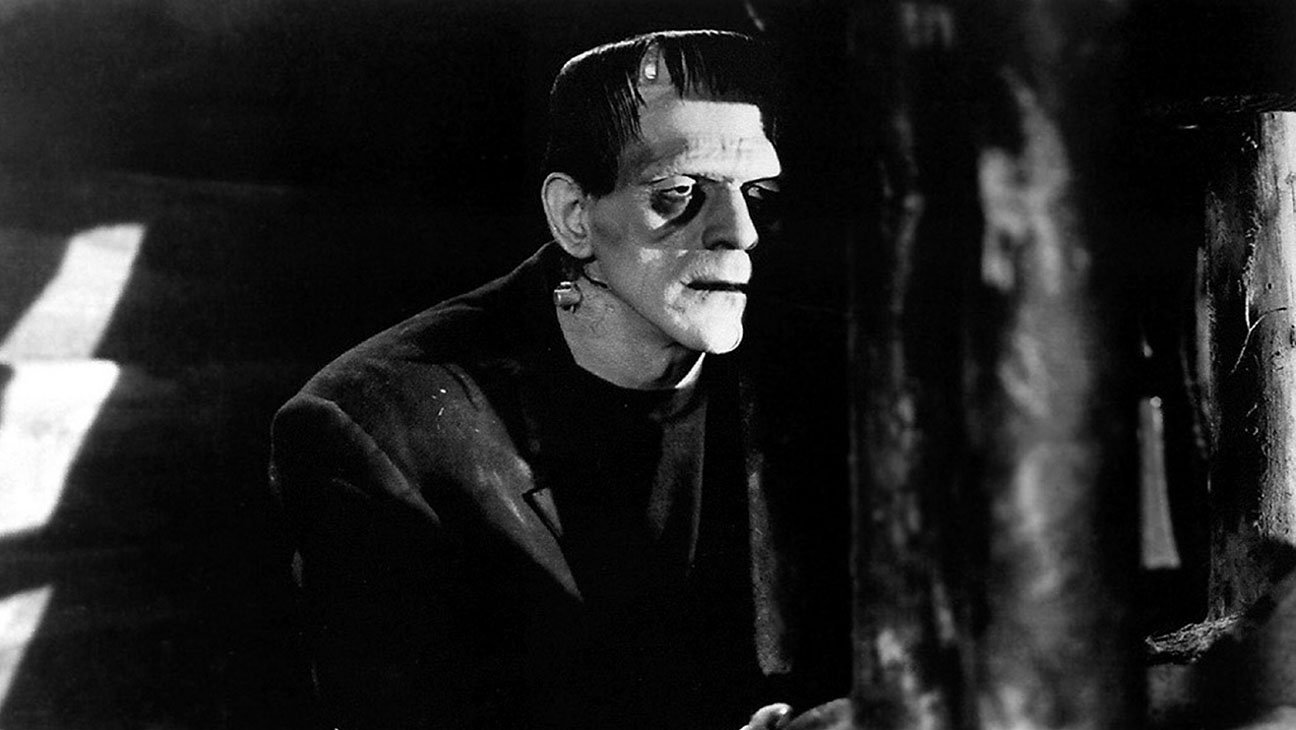
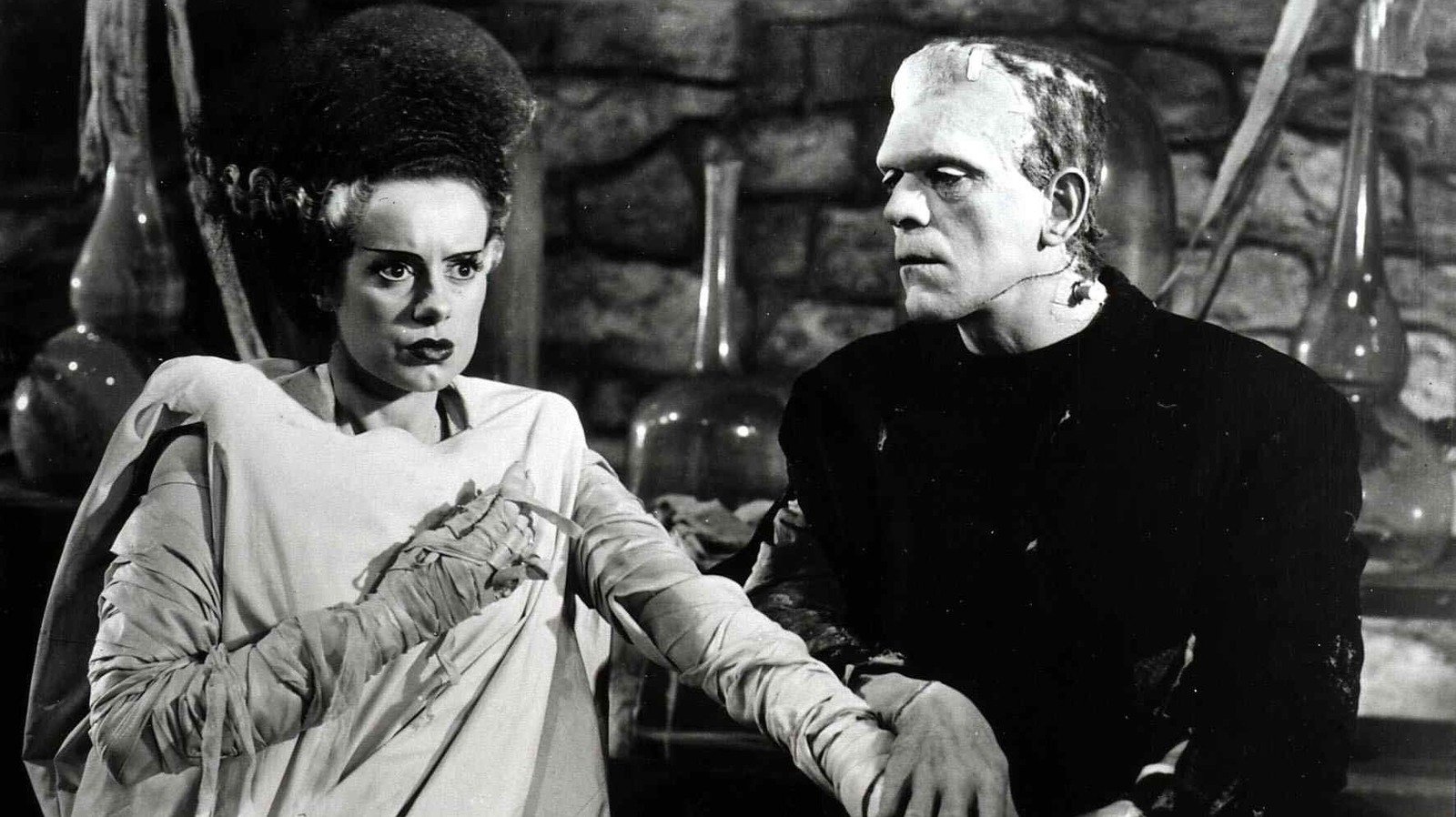

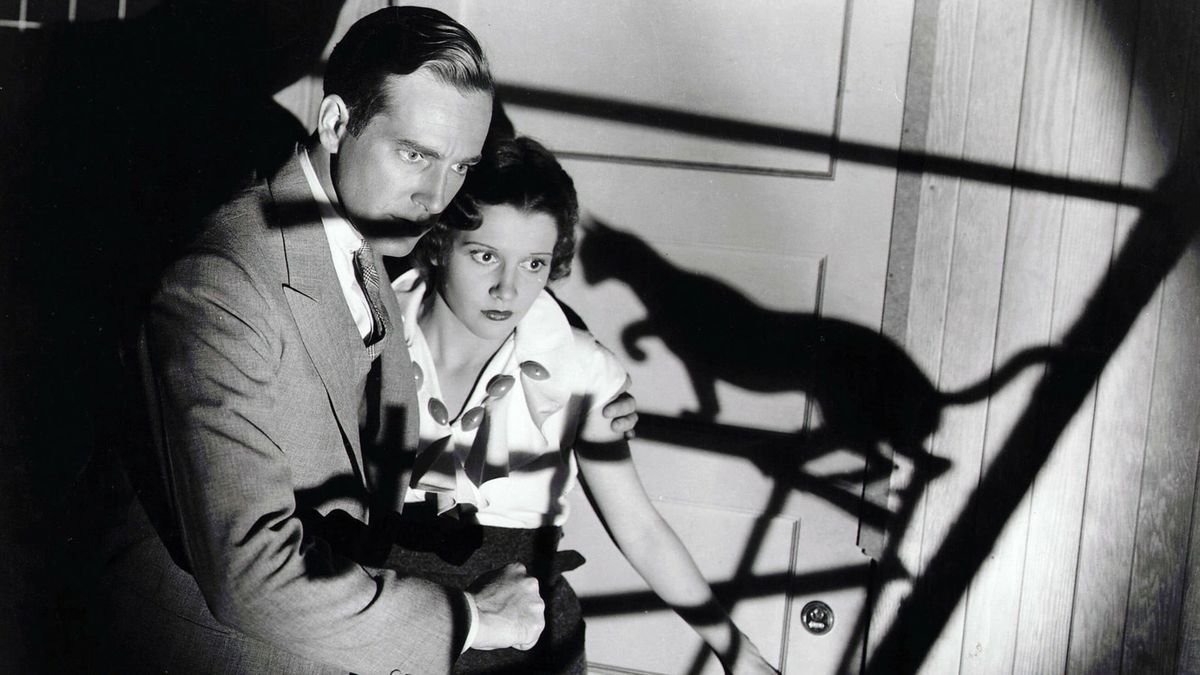
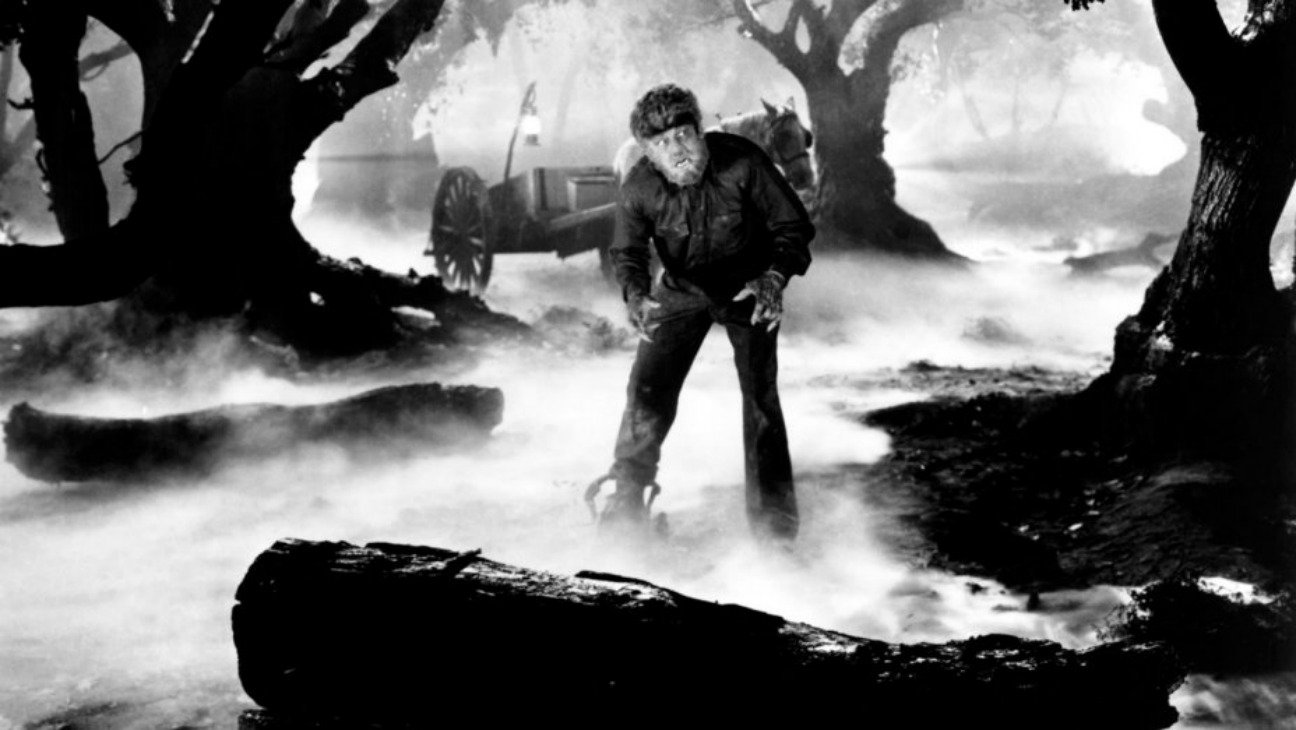
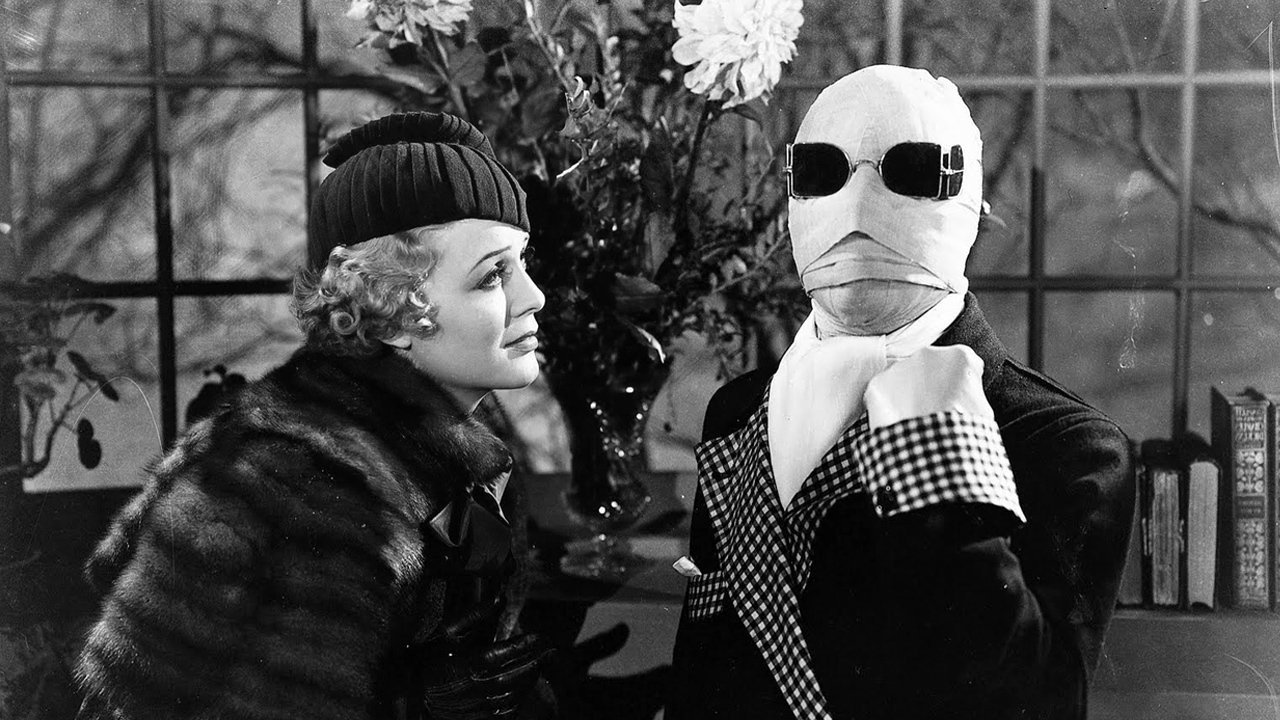

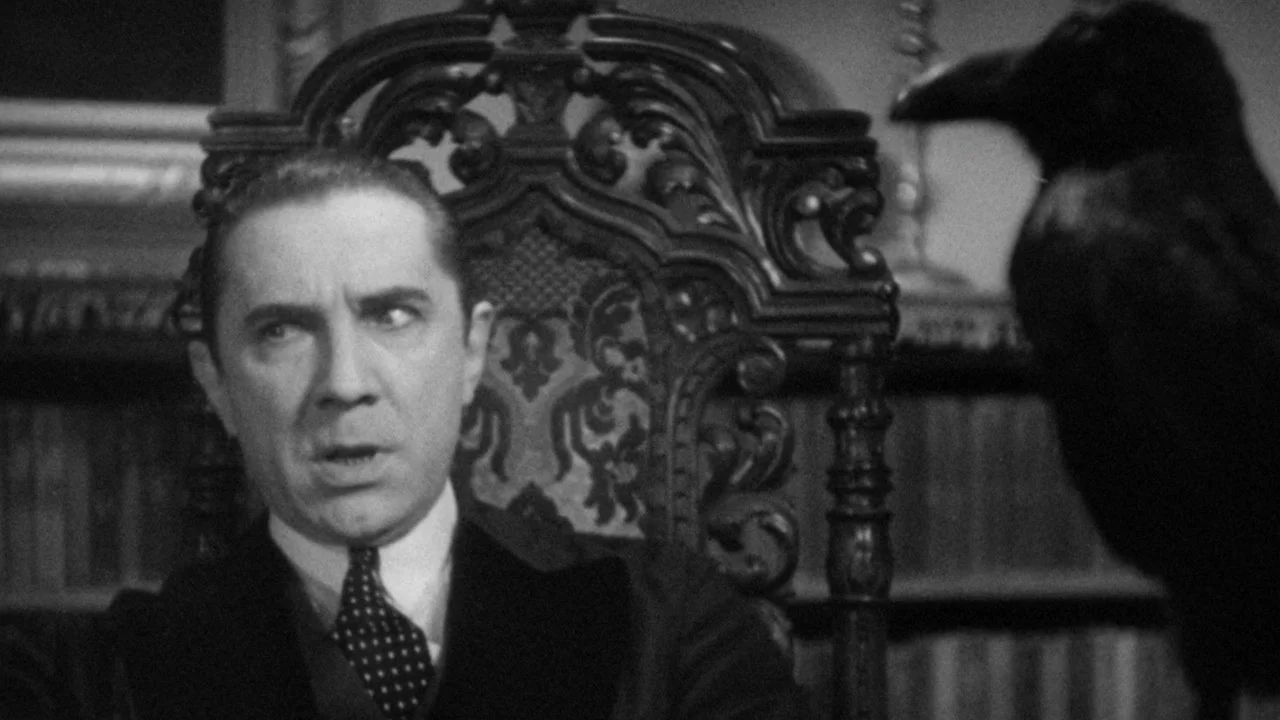
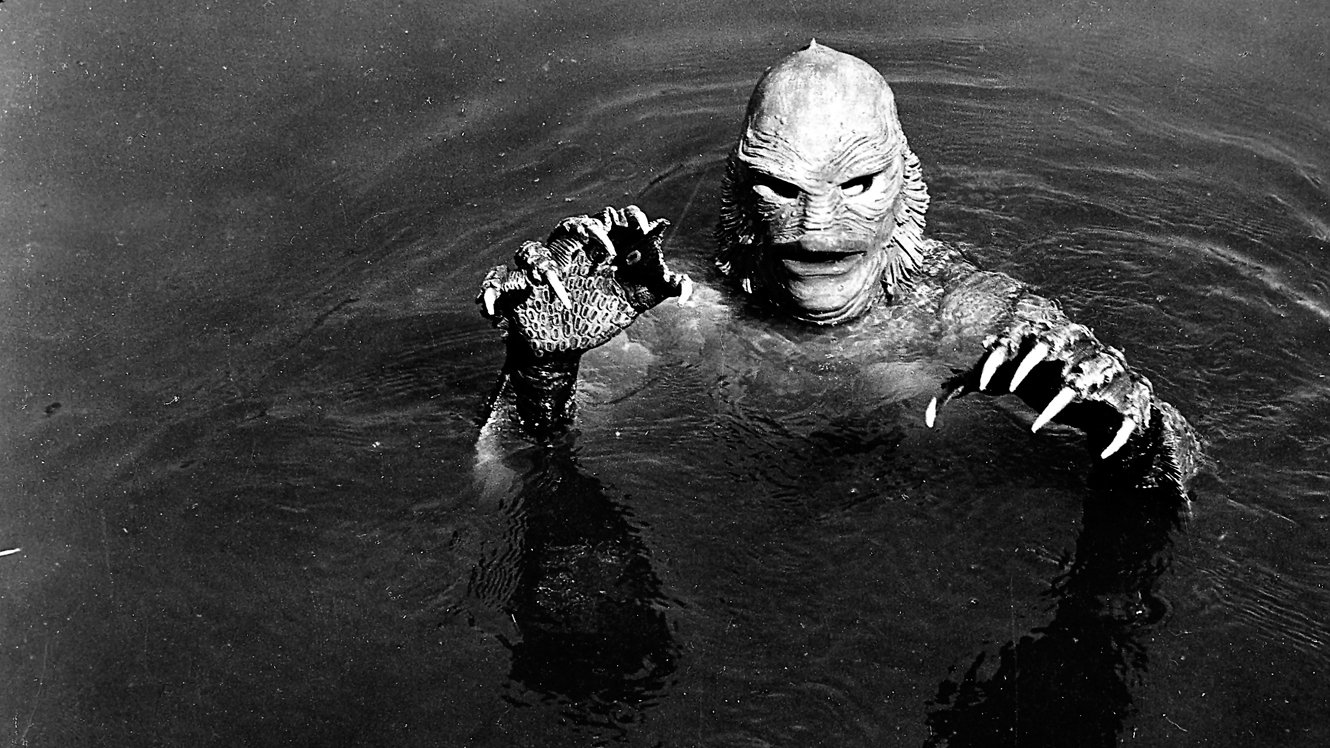

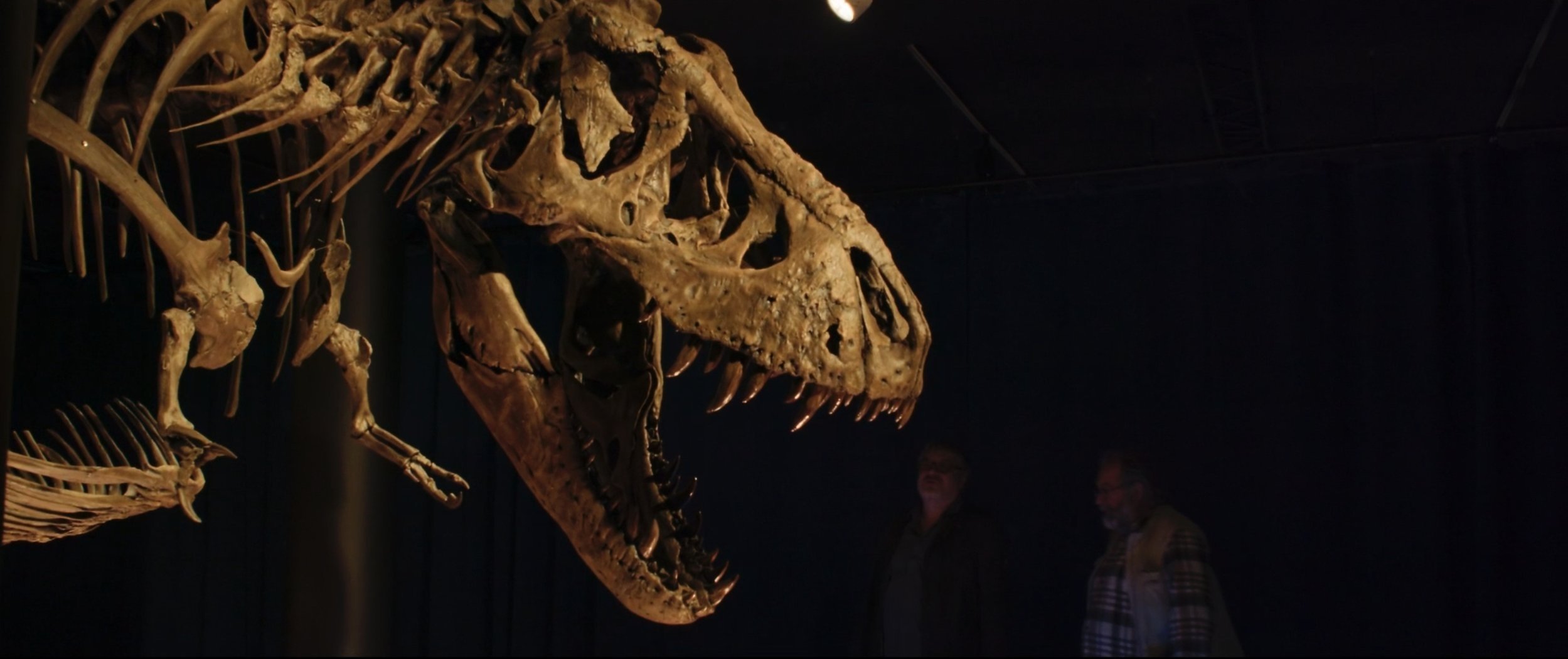
Anders and Anton work out why they feel that the Coen brothers’ 2016 Hollywood satire, Hail Caesar! might actually be a great movie to watch on Easter weekend.